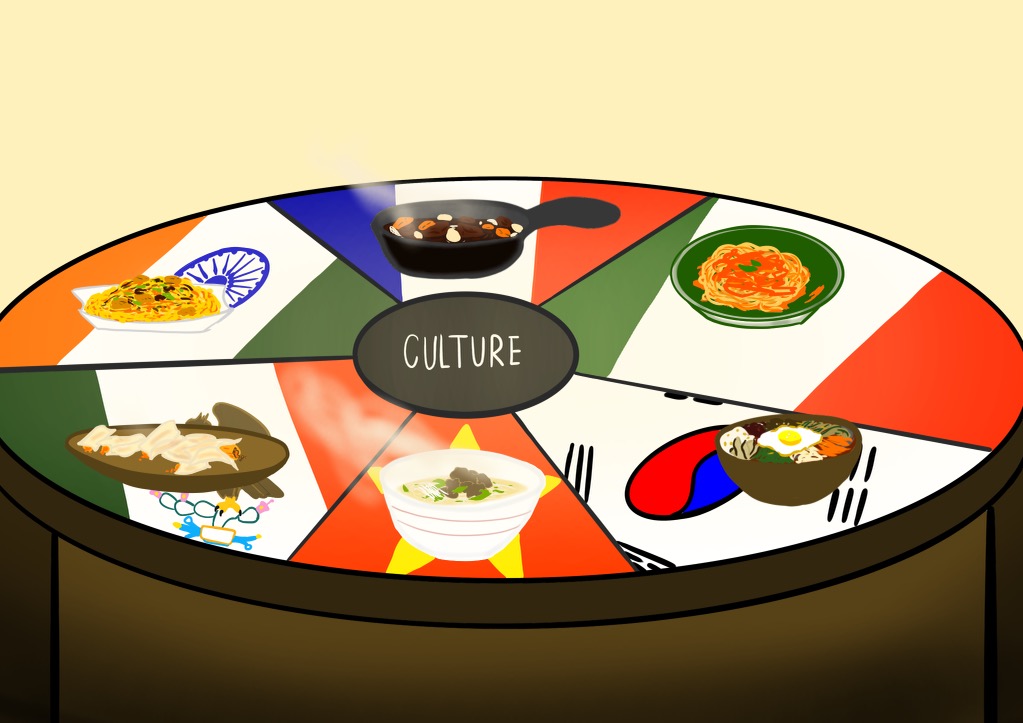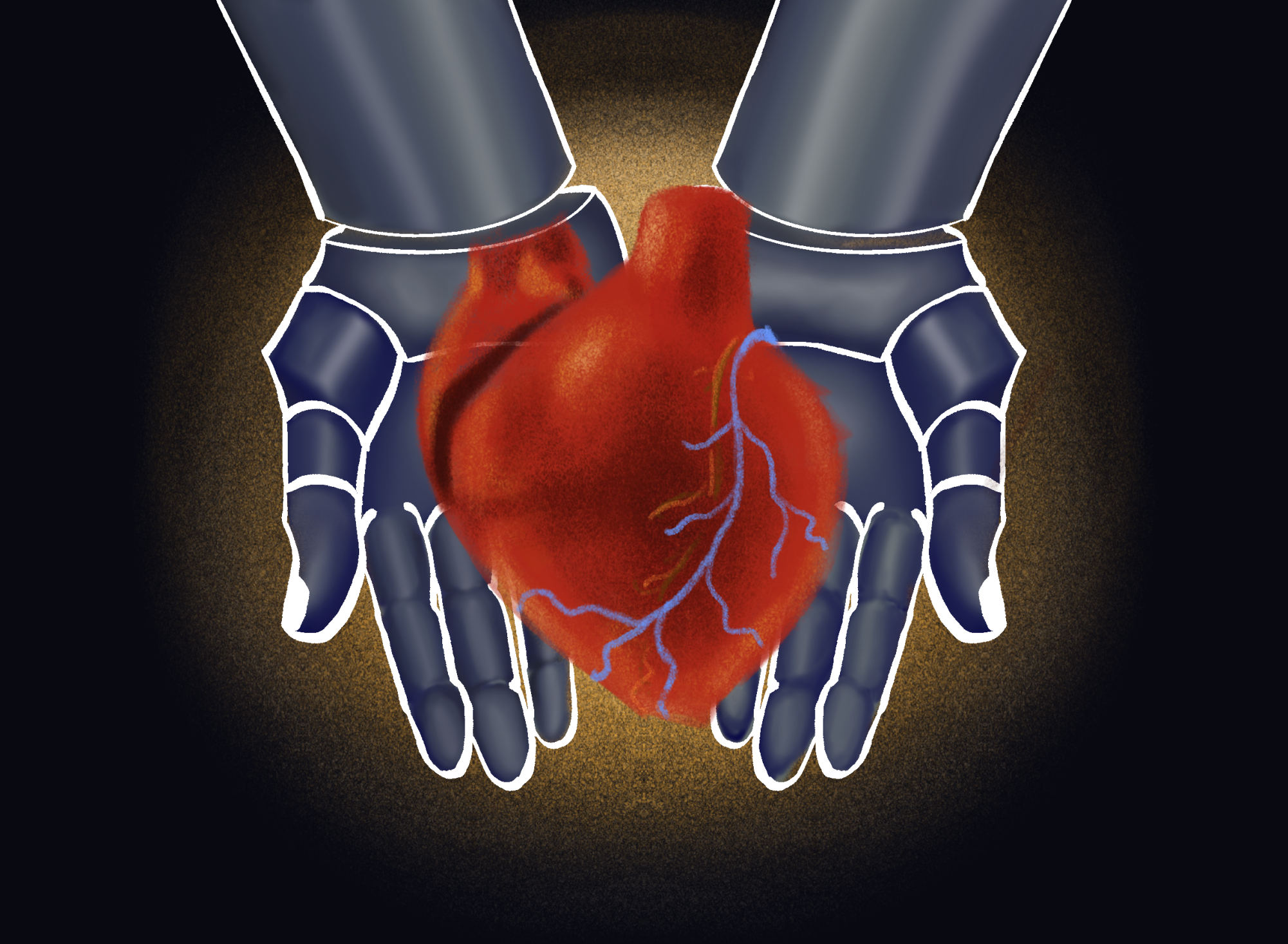In an era characterized by calorie-tracking apps, protein shakes and painstakingly scheduled meal plans, food is often reduced to little more than a mathematical equation. This viewpoint is most ingrained in the gym and fitness industry, where “macros” are king and meals are only assessed based on how well they support performance and fit a desired diet. Although there is no denying the need for nutritional understanding, this limited perspective runs the risk of depriving food of its more profound significance: its cultural, social and emotional worth.
The obsession with food as a set of proteins, lipids and carbohydrates — often coupled with contempt for foods that are considered overly decadent — disengages us from its cultural origins. One of the first human customs is sharing food, which allows us to communicate our identity and history. A community’s resilience, a region’s abundance and an ancestor’s heritage are all conveyed through food.
A bowl of phở is more than just rice noodles, broth and protein; it is a representation of Vietnam’s history that combines French and indigenous Vietnamese flavors. In a similar vein, Italian pasta dishes are linked to regional ingredients and centuries-old customs that differ from village to village. When we minimize these meals to “too many carbs” or “bad macros,” we negate the significance of not just the food itself, but the people and stories behind them.
In the fitness world, cultural foods are sometimes dismissed as “cheat meals” or “unhealthy indulgences.” Traditional foods that do not easily integrate into a bodybuilder’s regimen are generally dismissed, oftentimes with a tinge of moral disapproval. Rice and chicken are praised for their nutritional predictability and ease of preparation, while foods like Mexican tamales or Indian biryani are dismissed as being “too complicated” or excessive in calories.
This viewpoint is deeply problematic. When we limit our food choices to aesthetics or physical performance, we fail to consider the emotional and cultural support that meals offer. A family gathering over tamales or a holiday feast of biryani serves an important purpose beyond nourishment; it fosters connections and celebrates our roots. The joy and connection that food can create are diminished if these customs are abandoned in favor of a pre-weighed chicken breast, broccoli and rice.
In order to restore a more harmonious relationship with food, we need to escape the binary concept of “good” and “bad” eating. It is perfectly possible — and necessary — to acknowledge the nutritional and cultural significance of meals. For fitness enthusiasts, this may include making room for traditional foods alongside portioned meal prep. There is no conflict between eating for your soul and eating for your ambitions.
We must accept the complexity of food to make this change. Food is a source of happiness, a cultural artifact and an artistic medium. By making room for these respects, we might reinterpret health as the existence of rich, fulfilling experiences rather than just the lack of excess calories.
Let us challenge ourselves and each other to consider food as more than just a tool for growth or a barrier to weight loss. Let us honor the tastes, tales and traditions that contribute to meals that are truly memorable. By doing this, we honor our bodies as well as the histories, families and cultures that have shaped us.










